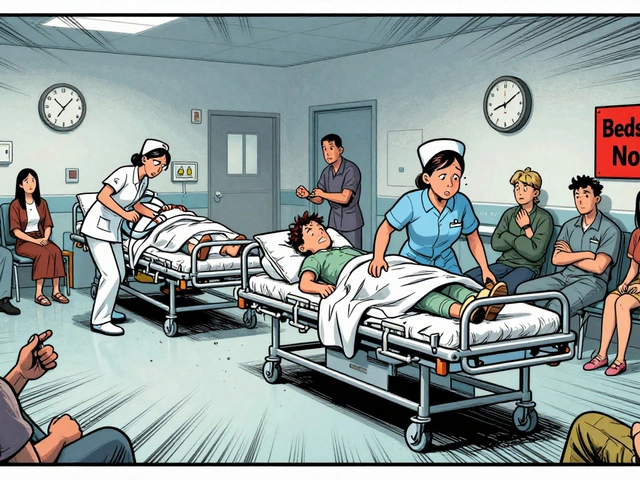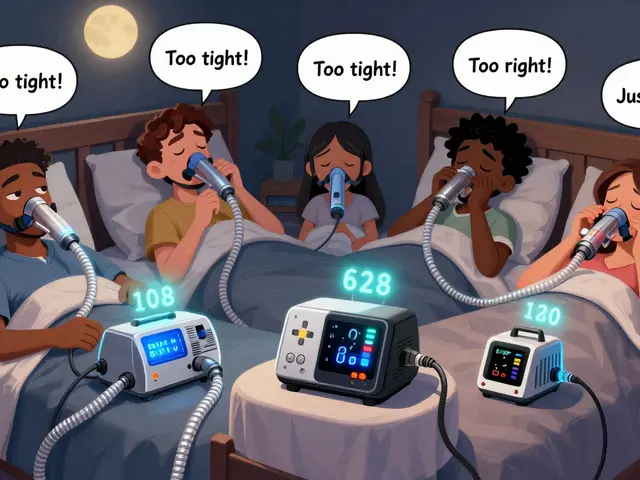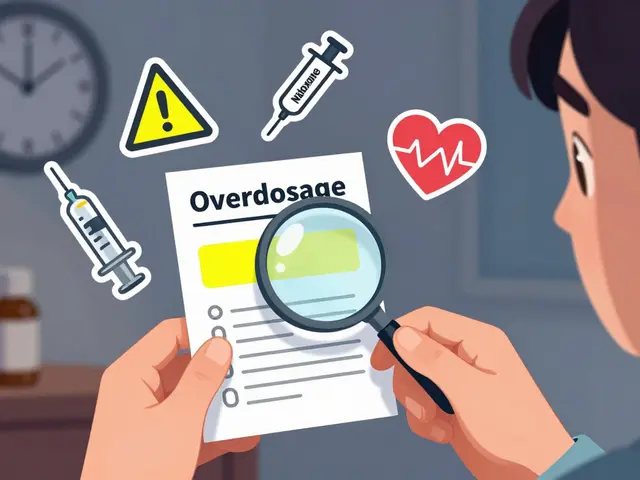Symptoms: Spot Causes, Drug Side Effects, and Practical Steps
Sudden rash, stomach upset, or new pain after starting a medicine? That timing matters. Symptoms that appear soon after a drug change are often side effects. Symptoms that build slowly may point to the underlying condition. Use simple checks first—then decide whether to treat at home or call a clinician.
Quick checks to identify the likely cause
Match the symptom to timing. Did it start within hours or days of a new pill, cream, or injection? Think drug reaction. Examples: some blood pressure meds can cause rashes, rifampin often upsets the stomach, and acne medicines like isotretinoin have well-known side effects. If the symptom began after an exposure (food, insect bite, new soap), that’s a clue too.
Look at severity. Mild nausea, mild itch, or a small localized rash can often be monitored for 24–48 hours. Red flags are high fever, spreading blistering rash, face or throat swelling, trouble breathing, fainting, severe abdominal pain, or neurological changes. Those need urgent care.
Keep a short symptom diary. Note what you took, when the symptom began, what made it better or worse, and take photos of visible reactions. This helps your provider decide faster.
Practical fixes and when to get help
For mild stomach upset: try taking the medication with food, split doses if advised, or ask your pharmacist about an alternative formulation. Our rifampin guide explains timing and food tips that reduce GI trouble.
For rashes: stop any new topical product and avoid strong soaps. Over-the-counter antihistamines help mild itch. Don’t use steroid creams on a rash unless a clinician confirms it—some rashes get worse with steroids. If the rash spreads quickly, forms blisters, or comes with breathing trouble, seek emergency care right away.
For chronic pain or nerve pain: simple measures like rest, ice/heat, and gentle movement help. For stubborn facial pain like trigeminal neuralgia, nerve blocks and injections can be effective options—our article on that explains who benefits and what to expect.
Thinking about medication changes or buying meds online? Don’t stop important medications suddenly. Before switching or ordering from an online pharmacy, check that the site requires a prescription, shows contact info, and has real reviews. We review safe buying practices for drugs like Elocon, Probenecid, and common online pharmacy pitfalls.
When in doubt, call your prescriber. Bring your symptom notes and photos. If your doctor isn’t available and the symptom is worrying (rapid swelling, breathing problems, fainting, severe pain), go to the ER.
Want targeted help? Browse our articles on specific symptoms—skin reactions, stomach side effects, nerve pain, and more—to get clear tips and what to tell your provider when you call.

Fluconazole for Tinea Versicolor: Symptoms, Treatment, and Prevention
As someone who has experienced Tinea Versicolor, I can attest that Fluconazole can be a highly effective treatment option. This antifungal medication not only alleviates the symptoms like itching and discoloration, but also targets the root cause of the condition. It's important to follow your doctor's recommendations when using Fluconazole, as they will prescribe the appropriate dosage and duration for your specific case. To prevent future outbreaks of Tinea Versicolor, it's crucial to maintain good hygiene practices and avoid excessive sweating. In conclusion, Fluconazole has been a game-changer for me in treating and managing Tinea Versicolor, helping me regain my confidence and enjoy life without constantly worrying about my skin.
View More




